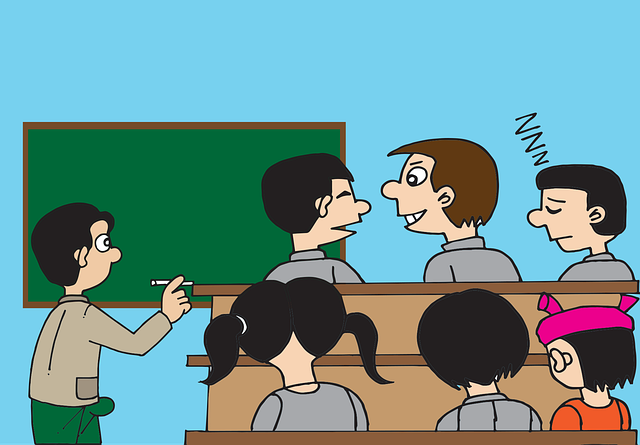It is the most natural thing in the world! Faced with the stress of making new acquaintances, the easiest path is to look for common ground.
Remember high school? Of course you do! You were entering into a new social situation with people who were, depending on the size of your school district, from other schools. At lunch time, it was easier to seek out friends to sit with, wasn’t it? And, if you did sit at a table of strangers, chances are that they were sitting with their friends, right?
Cliques form primarily because we are socially hard-wired to fulfill our need for familiarity and social identity. So when we begin to form new acquaintances, studies show that we will most likely interact with someone with whom we have a friend in common.
A study by two sociologists from Columbia University found that college students were twice as likely to interact with someone they didn’t know if the two had a friend in common. This one factor was more important than being in the same class, being the same age, or even having 3 or more mutual acquaintances. This is by far how most social structures are formed.
So why not just go with the flow? According to Marissa King, professor of Organizational Behavior at the Yale School of Management, “In similar and familiar groups, we tend to have the same conversations (albeit with slight variations) over and over again. New information and ideas are rarely introduced.” Even worse, she continues, “These convening islands become echo chambers that inhibit creativity and innovation.”
It would appear then, that while cliques are bad in the sense that they are self-limiting (and in a number of other ways as well), they are pretty much the natural order of things. This doesn’t mean, though, that you can’t be the bridge that creates connections between diverse groups.
Study after study shows that those with diverse networks are much more likely to experience positive outcomes in terms of career advancement, promotions, and business success. So why do so many people fail to seek out diversity? The answer was learned in high school. Cliques are easy, but self-limiting.
Unfortunately, cliques didn’t end in high school. You can find them in the office, the PTA, social groups, groups of parents, and even senior centers. The key is to recognize a clique for what it is when you see it.
Beware of networking groups that emphasize their exclusivity. It is ironic that the word exclusive is the polar opposite of diverse or inclusive. Events presented as an opportunity to network with the “right people” seem to imply that the “wrong people” need not attend.
Cliques are not that difficult to recognize. Will they help or hinder your networking efforts? It is a decision that each of us has to make for ourselves.
In an earlier blog post, I mentioned a simple acronym (SAFE) that I developed for effective networking. S is for “show up” (to networking opportunities); A is for having the right “attitude”; F is for “follow-up”; and E is for “evaluate”. When you evaluate a networking experience, ask yourself if it felt a little bit like high school. If it did, let that guide you accordingly.

0 Comments